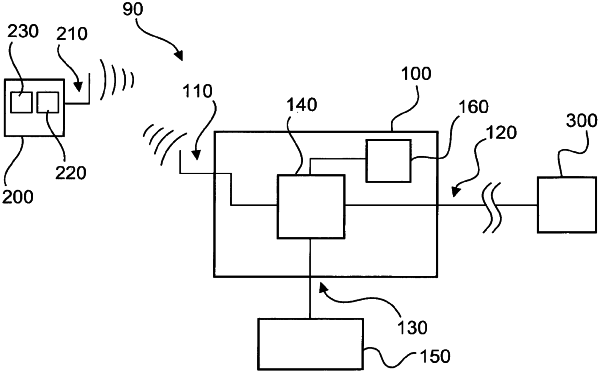| CPC G08G 5/0069 (2013.01) [G01W 2001/006 (2013.01)] | 8 Claims |

|
1. A device for ascertaining a movement corridor for a lightweight aircraft, the device comprising:
a first interface configured to receive aircraft data relating to the lightweight aircraft, wherein the aircraft data at least contain flight properties and functions of the lightweight aircraft;
a second interface configured to receive weather data from a weather information source, wherein the weather data are weather predictions and current weather data and at least contain air movements in an altitude profile between a maximum altitude of the lightweight aircraft and the Earth's surface; and
a processing unit configured to compare the aircraft data to the weather data and to ascertain a probable movement corridor of the aircraft,
wherein the device is configured to receive the weather prediction from the weather information source in repeating receiving steps, wherein the weather prediction relates at least to air movements in an altitude profile between a maximum altitude of the lightweight aircraft and the Earth's surface, and
wherein the processing unit is configured to compare the weather predictions from a preceding receiving step to actual weather data from a subsequent receiving step and to ascertain a deviation between the weather predictions from the preceding receiving step and the actual weather data of the subsequent receiving step in order to determine an uncertainty of the weather prediction therefrom.
|